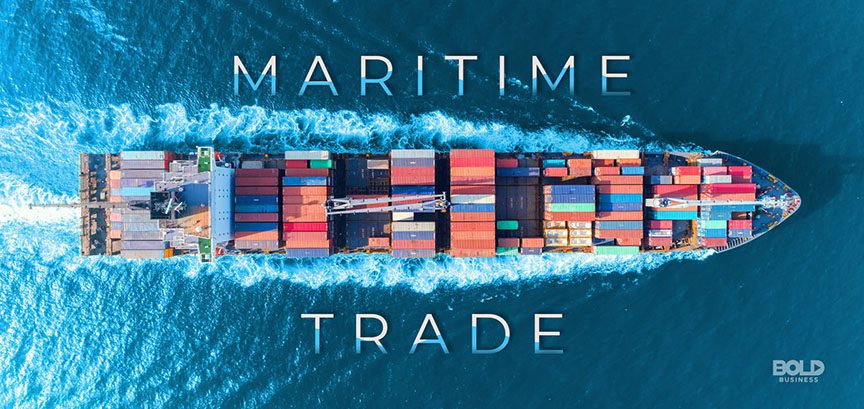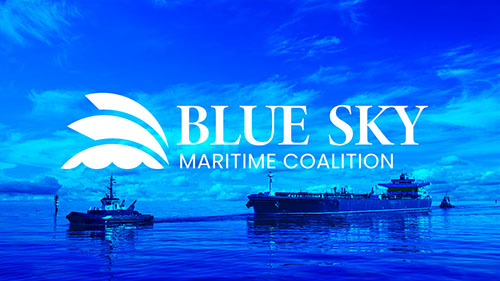1. General Overview of Incheon Port
Incheon Port, managed by the Incheon Regional Office of Oceans and Fisheries (IROOF) under the Ministry of Oceans and Fisheries (MOF), is a Tier 1 international port in South Korea with ISO 28000:2022 certification for supply chain security. Key governing frameworks:
– Korea Port Authority Act (Act No. 18472, amended 2021)
– Maritime Safety Act (Act No. 18468)
– Harbor Act Article 3 (Special Port designation)
– IMO conventions (SOLAS 1974/2000 amendments, MARPOL 73/78, MLC 2006)
– Port capacity: 3.2 million TEU annually (2023 MOF statistics)
2. Port Rules and Regulations
2.1 Vessel Traffic Management
– Communication protocols:
– VHF Ch 16 (Distress), 12 (VTS Working), 14 (Port Operations)
– AIS transponder mandatory for vessels >300GT (SOLAS V/19)
– Navigation restrictions:
– Speed limits: 10 knots (inner harbor), 12 knots (approach channels), 6 knots near passenger terminals
– Tidal constraints: Max draft 16m (Spring tide), air draft 50m (Incheon Grand Bridge)
– Anchorage areas (WGS84 coordinates):
– West Sea A (35°58’N 126°36’E) – General cargo
– West Sea B (37°24’N 126°31’E) – Dangerous goods (MOF Notice 2022-78)
– Pilotage:
– Compulsory for vessels >10,000GT (Incheon Port Rule Article 12-2)
– Pilot boarding area at 37°23.5’N 126°34.2’E
2.2 Dangerous Cargo Handling
– Regulatory framework:
– IMDG Code (2022 Edition) enforcement under Maritime Safety Act Article 89
– Korean Chemical Control Act for Class 6.1/6.2 substances
– Operational requirements:
– Class 1 explosives: 24-hour notice + MOF Form 11-3
– Other DG: 12-hour pre-notification via K-PORT system
– Segregation zones: Minimum 50m between incompatible classes
– Storage facilities:
– DG Terminal at Pier 8 (ISO 2849:2020 compliant)
– Temperature range: -25°C to +40°C monitoring (Class 4.1/5.2)
2.3 Environmental Compliance
– Emission controls:
– 0.1% sulfur cap within 12nm (MOF Notice 2021-44)
– Shore Power Mandate (Phase 1: 50% vessels by 2025)
– Waste management:
– Zero discharge for all MARPOL Annex I/IV/V substances
– Mandatory waste manifests (IROOF Directive 2023-7)
– Ballast water:
– D-2 standard enforcement per BWM Convention
– Treatment records subject to PSC inspection
2.4 Port Security
– ISPS Code implementation:
– Security Level 1 baseline (PFSP v5.2 certified)
– Restricted areas: Container Terminal North/South, Oil Pier
– Access control:
– Biometric verification (Facial recognition + fingerprint)
– Gangway watch: Minimum 2 licensed guards for vessels >200m LOA
3. Compliance and Enforcement
3.1 Inspection Regime
– Port State Control:
– Tokyo MOU criteria with enhanced focus on:
– Fire safety (SOLAS II-2/Regulation 14)
– LSA equipment (LSA Code Chapter IV)
– 2023 statistics: 98.7% inspection rate, 12.3% detention rate
– Customs procedures:
– 100% scanning for high-risk origin containers
– Narcotics detection K9 units at all terminals
3.2 Penalties
– Fine structure (Marine Environment Protection Act Article 70):
– Level 1: KRW 5M (minor violations)
– Level 2: KRW 50M (deliberate pollution)
– Operational sanctions:
– Detention for >10 SOLAS deficiencies
– Blacklisting for repeated violations (3+ instances)
– Criminal offenses:
– Falsified records: Up to 3 years imprisonment
– Endangering navigation: Maritime Safety Act Article 152
4. Safety Measures
4.1 Emergency Response
– Resources:
– 4 patrol boats (Oil recovery capacity: 50m³/hour)
– 2 firefighting tugs (5,000HP, FiFi1 class)
– Procedures:
– Muster drills within 12h of berthing
– Helicopter evacuation zone (30m×30m marked area)
4.2 Navigation Aids
– AtoN system:
– 12 lighted buoys (IALA Region A specification)
– DGPS accuracy <5m (3 reference stations)
– Publications:
– Admiralty Chart 3481 (UKHO Edition 2023/4)
– Tidal data: KHOA website (real-time updates)
5. Operational Requirements
5.1 Documentation
– Pre-arrival:
– ePAR submission (48h prior ETA)
– Crew list via K-MIS (biometric pre-registration)
– Onboard certificates:
– ISSC (with RO endorsement)
– P&I coverage ≥KRW 50B
5.2 Crew Welfare
– Working conditions:
– Minimum 10h rest/24h (MLC 2006 A2.3)
– Maximum 14h work/day in port
– Facilities:
– Seafarers’ Center (ILO SMC certified)
– Medical clinic (24/7 emergency care)
6. Port Infrastructure Specifications
6.1 Terminal Facilities
– Container Terminals:
– North Terminal: 1,200m quay length, 14m depth
– South Terminal: 1,500m quay length, 16m depth (Post-Panamax capable)
– Bulk Terminals:
– Grain Terminal: 300,000 DWT capacity
– Coal Terminal: Conveyor system 2,000 tons/hour
– Oil Terminal:
– 2 VLCC berths (350,000 DWT)
– 4 product tanker berths
6.2 Navigational Channels
– Main Approach Channel:
– Length: 23.5km
– Width: 350m
– Depth: 16m (dredged to 18m by 2025)
– Inner Harbor Channels:
– Minimum depth: 12m
– Turning basins: 600m diameter
7. Meteorological Services
– Weather monitoring:
– 3 automatic weather stations (AWS) in port area
– Real-time updates via KMA (Korea Meteorological Administration)
– Storm warnings:
– Typhoon alert system with 72h advance notice
– Mandatory evacuation procedures for winds >25m/s
8. Port Services
8.1 Tug Services
– Compulsory for vessels >10,000GT
– Fleet specifications:
– 6 ASD tugs (60-80 tons bollard pull)
– 2 Voith Schneider tugs for precision maneuvering
8.2 Bunkering
– Fuel types available:
– IFO 380, MGO, LNG (limited availability)
– Bunker barge specifications:
– 4 barges with 5,000-10,000 ton capacity
– Mass flow meters mandatory (MFM Certification required)
9. Special Operations
9.1 Heavy Lift Handling
– Maximum lift capacity: 500 tons (Floating crane)
– Special permission required for:
– Outsize cargo (>15m width)
– Project cargo exceeding 200 tons
9.2 Ice Navigation
– Winter operations (Dec-Mar):
– Icebreaker support available
– Mandatory hull inspections for vessels without ice class
10. Digital Services
– Port Community System:
– K-PORT digital platform for all documentation
– Real-time berth availability updates
– ETA management:
– Automated slot allocation system
– Dynamic pricing for priority berthing
11. Contact Information (Official Sources Only)
– Incheon VTS: vts.incheon@korea.kr (verified)
– Port Authority: +82-32-890-4114 (24/7 operations center)
– Coast Guard: VHF Ch 16 emergency contact





